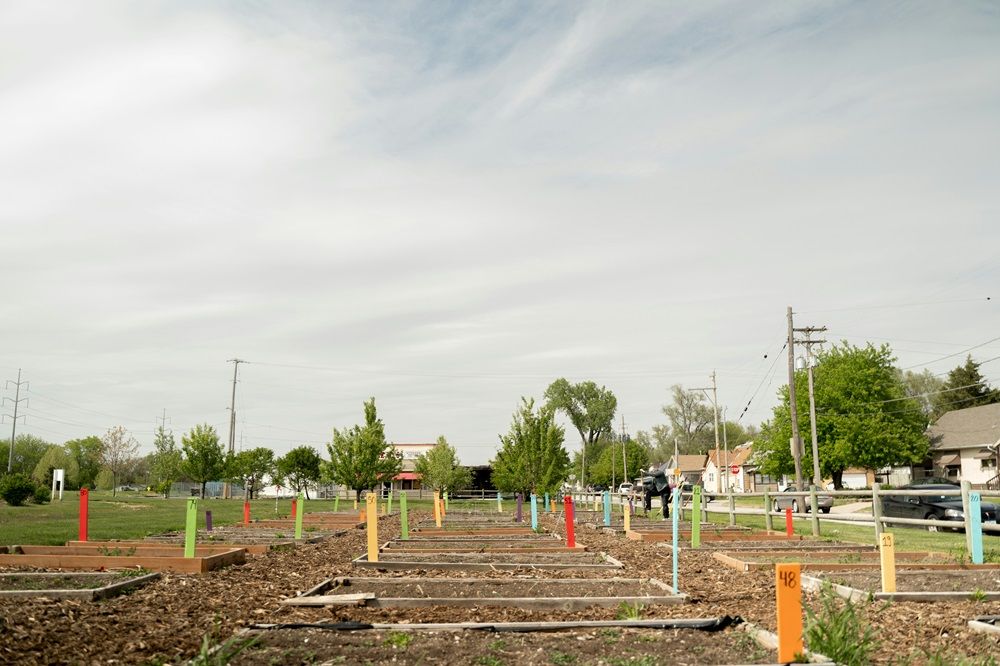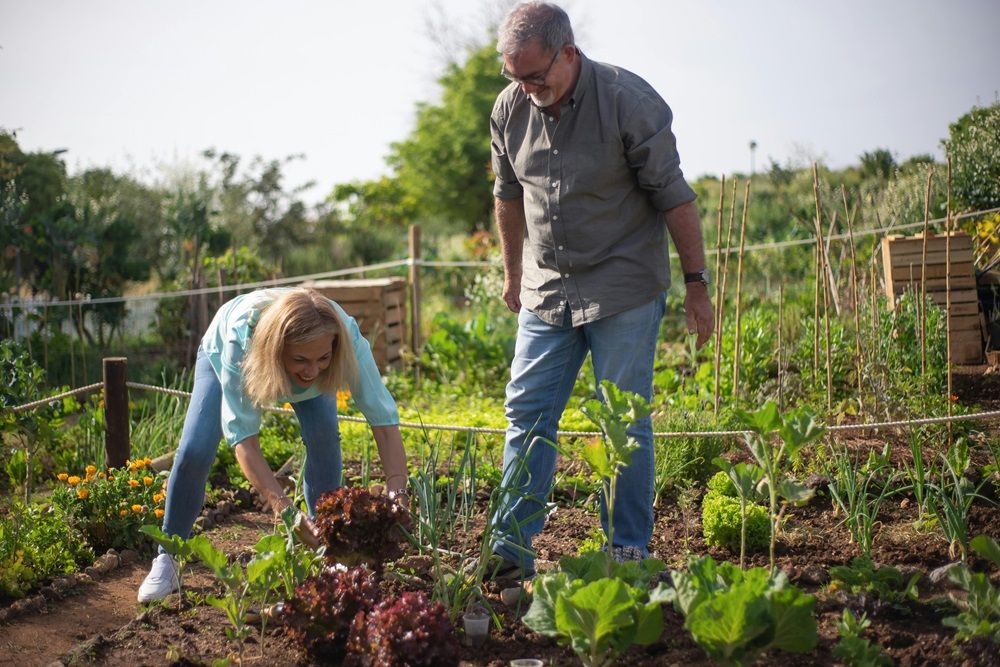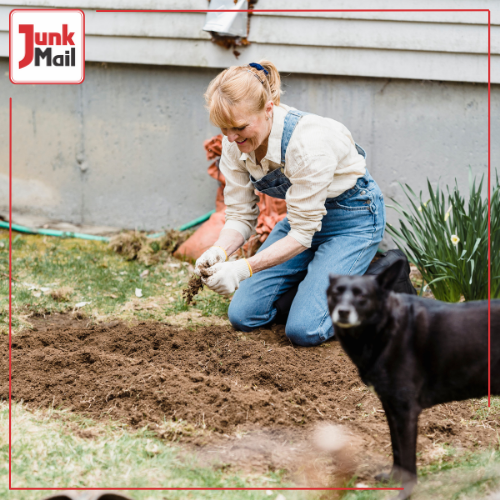Wondering how you can bring your community together while promoting sustainability? A community garden might just be the perfect way to do that! Whether you're aiming to grow fresh produce or simply create a green space for everyone to enjoy, starting this type of a garden in your neighborhood can lead to positive social and environmental change. Today, we’ll walk you through the essential steps to launch a successful garden in your community. Find gardening tools on Junk Mail, the leading marketplace for buying and selling goods and services online.
 Photo by Tim Umphreys on Unsplash
Photo by Tim Umphreys on Unsplash
Why Start a Community Garden?
Before diving into the "how-to," it's important to understand the benefits of having a community garden in your neighborhood. These gardens offer a range of advantages:
- Fosters Community Relationships: By working together, neighbors build stronger relationships and create a sense of community.
- Promotes Sustainability: Growing your own food reduces reliance on commercial farming and cuts down on transportation emissions.
- Provides Access to Fresh Produce: Many areas, particularly urban spaces, lack easy access to fresh fruits and vegetables. A garden can fill that gap.
- Improves Mental and Physical Health: Gardening is a great way to stay active and reduce stress.
- Beautifies the Area: A well-maintained garden can transform a dull area into a vibrant space filled with life.
Step 1: Gauge Community Interest
The first step in starting this garden is making sure there's interest from your neighbors. You can:
- Talk to Neighbors: Approach them in person or organise a meeting.
- Use Social Media: Create a group on local platforms to gauge who might want to participate.
- Distribute Flyers: Spread awareness in your local area by handing out flyers at community centers, libraries, and schools.
You don’t need a huge group to start, but having a few committed people will make the process easier and more enjoyable.
Step 2: Find a Suitable Location
Once you’ve gathered a team of interested neighbors, the next step is finding the right location for your garden in the community. Look for spaces that:
- Are accessible to all participants.
- Receive plenty of sunlight (at least 6 hours of direct sunlight a day).
- Have access to water (either through a tap or rainwater collection system).
- Are safe and secure to protect the garden from vandalism.
Your local government, schools, or churches may have unused land available. Be sure to check zoning regulations and get permission from property owners before proceeding.
Step 3: Plan Your Garden Layout
Now that you have a location, it's time to plan your community garden. You'll want to consider:
- Size of individual plots: Will each participant get their own plot, or will it be one large shared space?
- Types of plants: Focus on plants that grow well in your climate, such as tomatoes, spinach, or indigenous herbs.
- Composting area: Set up a composting system to recycle garden waste and enrich the soil.
- Paths and Seating: Plan for paths between plots and consider adding benches or tables to encourage relaxation and socialisation.
A well-thought-out design will make gardening more efficient and enjoyable for everyone involved.
Step 4: Secure Funding and Resources
Starting this garden will likely require some initial investment for tools, seeds, soil, and more. You can:
- Apply for Grants: Look for local government or nonprofit grants aimed at supporting community projects.
- Organise Fundraisers: Host a neighborhood event like a bake sale, raffle, or crowdfunding campaign.
- Seek Donations: Ask local businesses for donations of gardening tools, seeds, or plants.
Additionally, you can find affordable garden tools on Junk Mail to help get your garden started without breaking the bank.
 Photo by Kampus Production on Pexels
Photo by Kampus Production on Pexels
Step 5: Build Your Garden Together
Once everything is in place, it’s time to roll up your sleeves and get to work! Organise a garden build day where everyone can participate in setting up:
- Clearing the land: Remove weeds and debris to prepare the soil.
- Building garden beds: Use raised beds, planters, or directly plant in the soil.
- Installing paths: Create clear walkways between plots to make the garden easily accessible.
- Planting seeds: Distribute seeds or seedlings based on your garden’s plan and layout.
This communal effort not only gets the garden started but also strengthens the bonds between participants.
Step 6: Establish Rules and Maintenance
A successful garden in the community needs a set of rules to ensure fairness and proper maintenance. Key guidelines might include:
- Plot Assignments: Who is responsible for which area of the garden?
- Watering and Weeding: Set a schedule for maintaining the garden to prevent any one person from doing all the work.
- Shared Tools: Establish a system for sharing and storing gardening tools.
- Harvesting Rules: Ensure everyone knows when and how they can harvest the crops.
By setting clear expectations early on, you can avoid potential conflicts down the road.
Step 7: Keep the Community Engaged
To ensure the long-term success of your community garden, keep everyone involved and engaged. Consider hosting:
- Workshops: Invite experts to teach gardening skills or composting techniques.
- Harvest Celebrations: Organise events to celebrate the garden’s progress and share the harvest.
- Volunteer Days: If some members have more time than others, arrange volunteer days where they can pitch in and help.
Staying active and involved helps sustain the energy and enthusiasm for the garden.
Starting a community garden in your neighborhood is a fantastic way to foster community spirit, promote sustainability, and create access to fresh produce. With thoughtful planning, teamwork, and the right resources, you can build a thriving green space that benefits everyone. Don't forget, you can find affordable gardening tools on Junk Mail, South Africa's favourite online marketplace for buying and selling.





